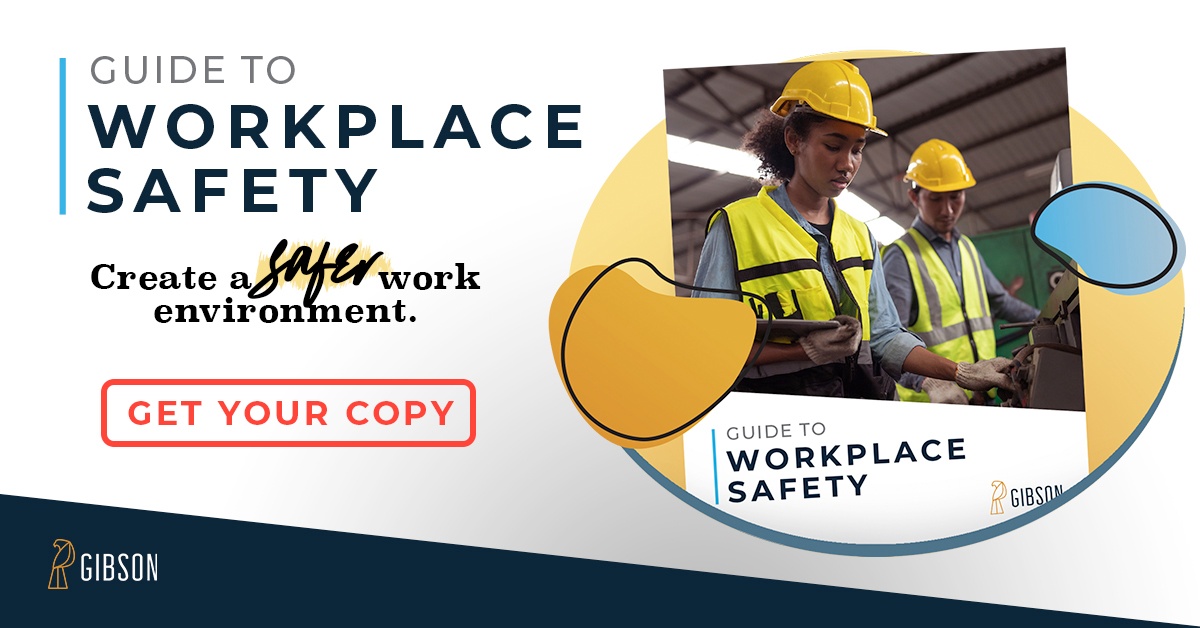The commercial property-casualty marketplace is holding steady thus far in 2013. The market is in a positive, rate increase environment. It evolved to this point throughout 4Q11 and 2012 and in general terms is holding at a 5-7% rate increase in commercial lines. Investment yields continue to decline while catastrophe-related results worsen for insurers, so it is quite likely that rate increases will continue in 2013. Insurers are also facing challenges on certain lines of coverage notably workers’ compensation. Overstated reserves from prior years have been released which tends to temporarily help earnings, and with medical inflation eroding workers’ compensation loss ratios underwriters will focus on pricing integrity and risk selection. Employers with hazardous workers’ compensation exposures and claims experience will see the highest rate increases.
Meanwhile, insurers have the surplus to grow. Rate actions, while positive, are not enough to allow the industry to cover its cost of capital. Thus, underwriters will continue to look at developing market share which will create competition as the economy continues its fight to fully emerge from the recession.
In addition, insurers are still in the immediate aftermath of super storm Sandy. It is already evident that the storm highlighted a number of weaknesses in infrastructure, planning, and design. Increasing frequency and severity of storms such as this will continue to be a long-term challenge for property-casualty insurers in the US. Underwriters will continue to balance their property aggregation, reliance on reinsurance, and growth strategies in light of increased CAT exposures.
In 2013, the industry is also facing the renewal of TRIA, the Terrorism Risk Insurance Act. Unfortunately, the insurers are dealing with a huge uncertainty especially given Washington’s established pattern of not acting until the last possible moment. TRIA provides a backstop that insurers have relied upon for more than a decade in managing their catastrophic property losses.
In the immediate marketplace, workers’ compensation will be the biggest challenge. Underwriters will continue to push for higher rates in 2013 and will require employers to demonstrate controls such as safety culture, hiring, screening, disciplinary practices, employee training, return-to-work programs, and other loss prevention and claim mitigation efforts.
What does this mean for you? It’s important to work with an insurance advisor who can help you create and evolve the controls necessary for your company to look favorable in the current insurance marketplace.




